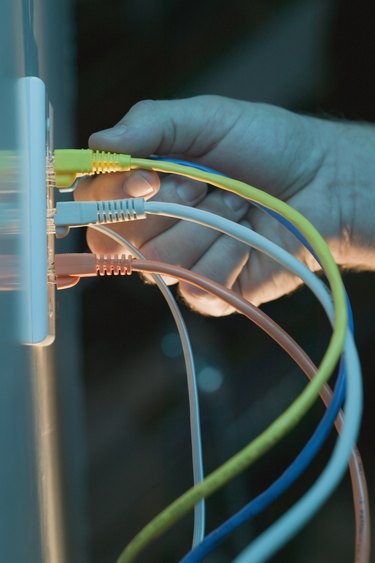
Observing data trends within your network can help you identify problem areas. Checking computers for packet loss is a good way to tell if particular machines or programs are having difficulty sending or receiving data from the network. Modern computers come equipped with the tools to perform this check, and the process should take only a few minutes to yield satisfactory results.
Step 1
Open the "Start" menu and type "Command prompt" into the search bar. If you are on Windows Vista or newer, simply wait for the "Command prompt" menu item to appear or, if you are on Windows XP or older, click the "Search" button and allow the computer to seek out the file.
Video of the Day
Step 2
Run the "Command prompt" program by clicking on it. In the window, type "netstat -s -p tcp" and press the "Enter" key to begin the packet loss check.
Step 3
Wait a few seconds for the results to be returned in list form. Note the "Segments sent" and "Segments retransmitted" numbers. If the retransmitted segments number is equal to more than a few percent of the total segments sent, you have significant packet loss and should contact your IT service or Internet service provider for help in reducing the loss.
Video of the Day